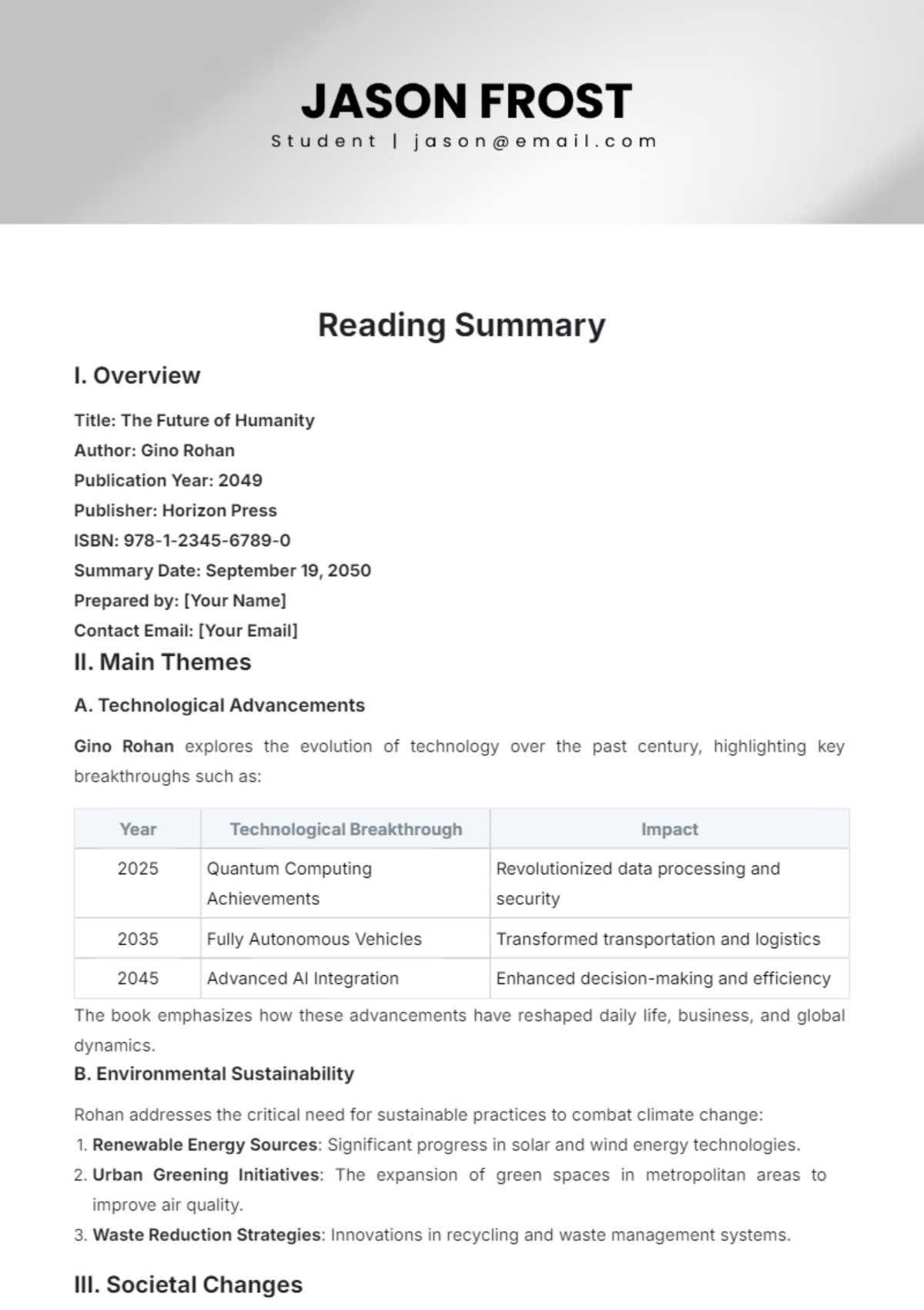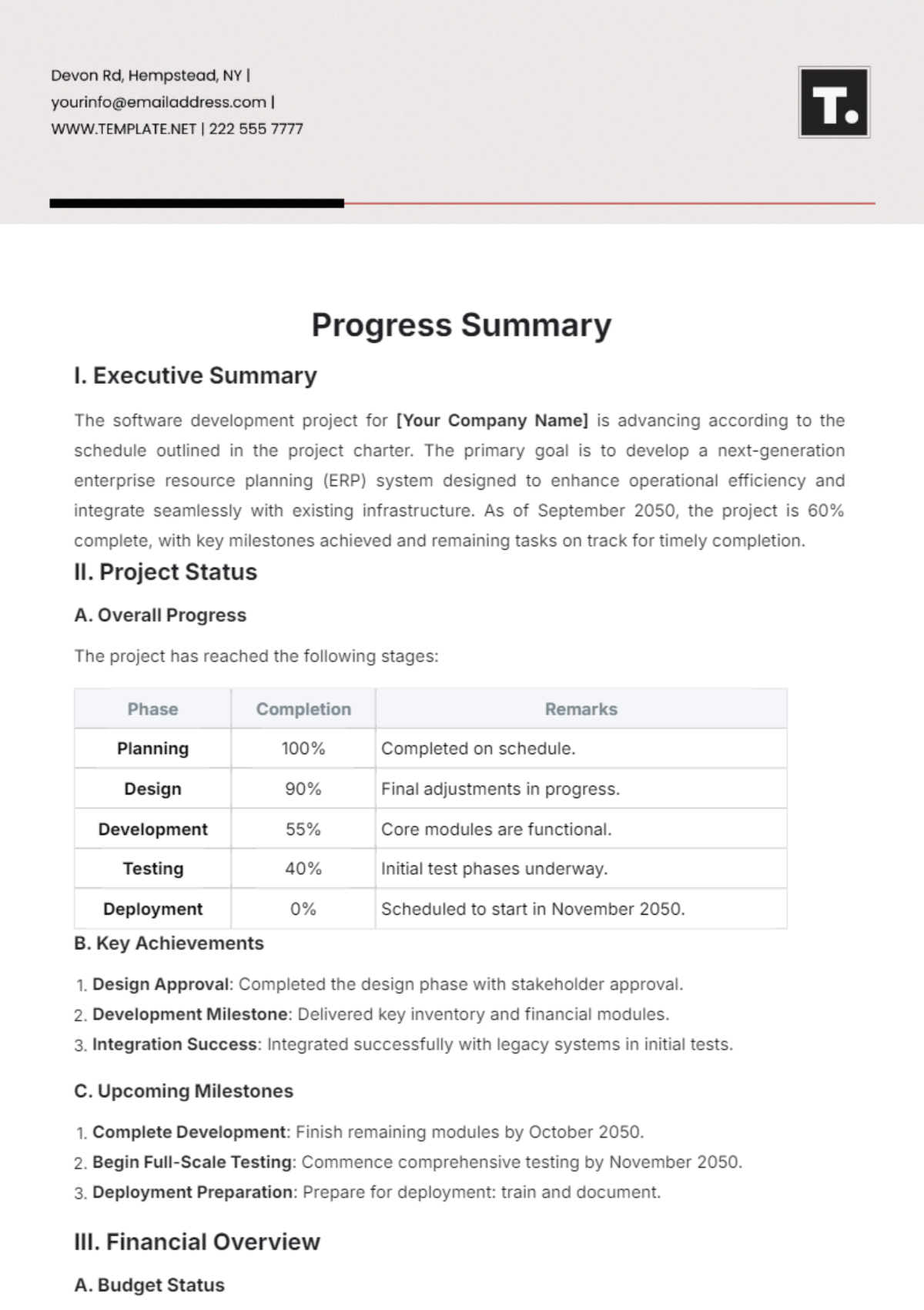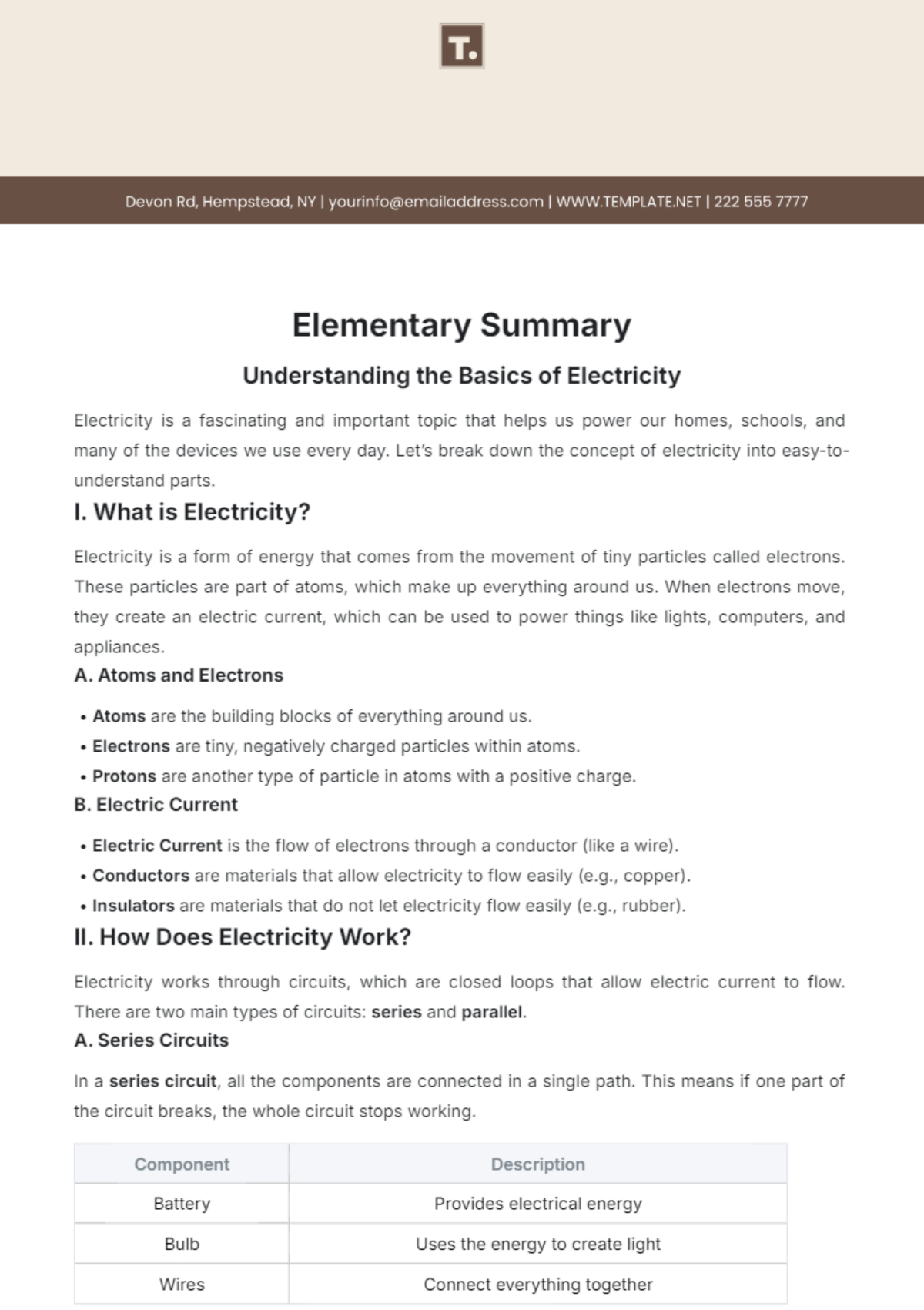Free short summary for kids
Introducing Template.net's Short Summary for Kids Template! This editable and customizable resource is tailored to engage young minds. Crafted with our Ai Editor Tool, it simplifies complex concepts into bite-sized summaries, fostering comprehension and creativity. Spark curiosity and learning with this dynamic tool, exclusively on Template.net.






























